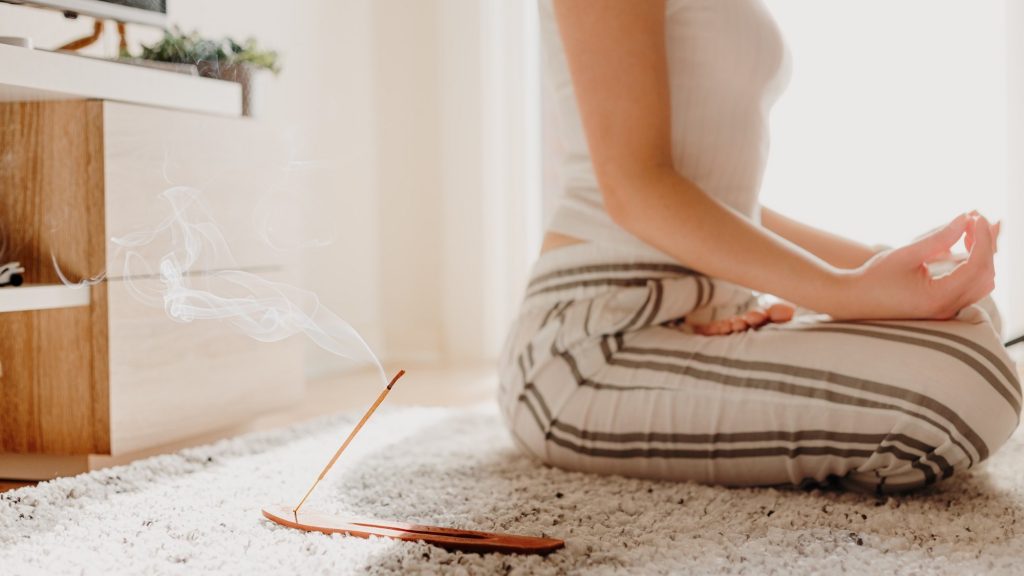Tight hips, knee pain, tension, an achy lower back – runners know exactly what we are talking about. Whether you are new to running or have a few marathons under your belt, you may want to consider the benefits of yoga for runners.
What Is Yoga?
Yoga is a practice that has been around for over 5,000 years. According to WebMD, yoga is a “total mind-body workout that combines strengthening and stretching poses with deep breathing and meditation or relaxation.”
A Few Of The Main Yoga Practices Include:
- Ashtanga: A type of yoga based on eight principles and consisting of a series of poses executed in swift succession, combined with deep, controlled breathing.
- Hatha: A yoga system of physical exercises and breathing control.
- Iyengar: A form of yoga as an exercise that has an emphasis on detail, precision, and alignment in the performance of yoga postures.
- Power: Any of several forms of energetic vinyasa-style yoga as exercise developed in America in the 1990s.
- Vinyasa: A vinyasa is a smooth transition between postures so that you move from one to another, seamlessly, using breath.

The Benefits Of Yoga For Runners
The practice of yoga is filled with a wide variety of postures that target a number of problem areas for runners.
In addition, yoga is great to increase balance and flexibility, which is ideal for runners of all skill levels and abilities. A few of our favorite yoga poses for runners include:
- Low Lunge (Anjaneyasana): Stretches hip flexors, thighs, groins, and opens the chest.
- Downward Dog (Adho Mukha Svanasana): Stretches foot arches, calves, spine, and hamstrings.
- Legs Up A Wall (Viparita Karani): Relieves pressure on the low back.
- Pigeon Pose (Eka Pada Rajakapotasana): Stretches the hips and lower back, and when performed properly, may increase flexibility in the lower back and hip flexors.
- Bridge (Setu Bandha Sarvāṅgāsana): Stretches the spine, neck, and chest and rejuvenates tired legs.
- Standing Forward Fold (Uttanasana): Stretches calves, hamstrings, and hips and strengthens the thighs and knees.
Yoga poses are often referred to by their English name, but some instructors will use their Sanskrit name which is included above in parentheses.
Where To Start Practicing Yoga
If you are looking to start practicing yoga, you have a few options to get going. Options range from in-person classes to online, at-home instruction. Select the option that works best for you and your preferences.
Studio Classes
Studio classes are great if you want a live class with the option for modifications and corrections. A simple “Yoga Classes Near Me” Google Search can help locate studios in your area.
If you are looking for more flexibility in your class schedule, you can also check out monthly subscription services such as ClassPass, which offers access to tens of thousands of studios, gyms, and wellness offerings in cities around the world.
The Benefits: Studios offer live instruction, where the instructor can provide modifications or feedback based on your skill level.
At-Home Yoga Classes

There are now more than ever at-home yoga classes you can take at home on your own time. Apps and On-Demand classes typically range in cost and provide options for almost any form of yoga you are looking for.
The Benefits: At-home yoga classes allow you to practice whenever and wherever you want, and are often cost-effective.
Apps
Visit the app store to download one (or a few) new yoga apps so you can take your classes on the go. A few of the current popular apps include:
- Daily Yoga
- Down Dog
- Glo
- Yoga Workouts by Daily Burn.
On-Demand Classes
There is a variety of on-demand classes such as:
Many of these classes are available to stream on your phone or broadcast on your TV with a compatible streaming device, allowing you to create your own yoga studio at home.
Whether you are practicing yoga for the first time or are a seasoned yogi, there are a plethora of benefits runners can gain from practicing yoga. Get your mat out and prepare to enjoy all of the benefits that yoga can offer you.
Benefits Of Yoga For Runners FAQs
Can Yoga Make You A Better Runner?
“Yoga is the perfect recovery activity for runners,” Pacheco says. “It relieves soreness and tension in your hardworking muscles and restores range of motion so you can run better the next time you hit the road.”
Why Should Runners Do Yoga?
Yoga strengthens your body When you're running, your large muscles like your quads, hamstrings, and glutes tend to take over. Not only can yoga help strengthen those muscles, but it can also make your smaller, underused muscles, tendons, and ligaments stronger, which will ultimately reduce your risk for injures.
How Many Times A Week Should Runners Do Yoga?
Whether you're a newbie or seasoned yogi, Gilman recommends that runners hit their yoga mats two to three times a week.
Which Yoga Is Best For Runners?
Vinyasa and power yoga are some of the best styles of yoga for runners who are looking to strengthen stabilizing muscles to help reduce injury risk, too.
Can I Do Yoga And Run On The Same Day?
If you plan to do yoga on the same day as a run, try to do your run first, especially if your yoga routine exceeds 30 minutes. Long yoga sessions will tire the muscles, potentially changing your running form, which may lead to injury.
